What Causes Abscesses, Symptoms, and Treatment Through Incision and Drainage
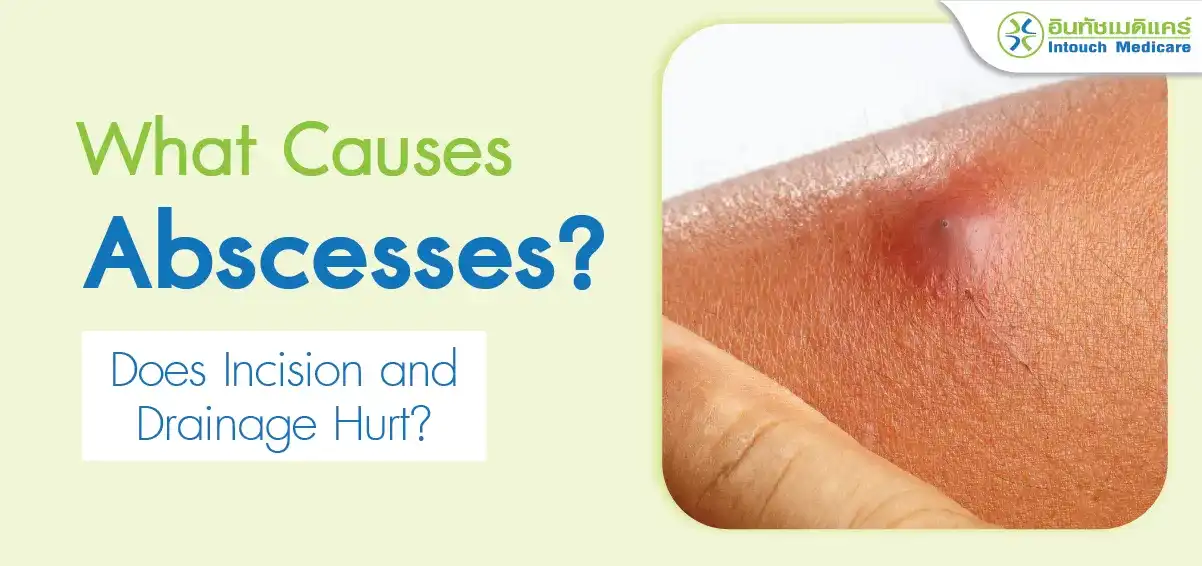
Abscesses can occur in people of all ages and affect any part of the body, both external and internal organs. However, external skin abscesses are more commonly seen. These are typically small and can be easily treated through medications, incision, or drainage.
For abscesses that develop in internal organs, it is essential for the patient to consult a doctor for further diagnosis and appropriate treatment.![]()
What You Should Know About Abscesses
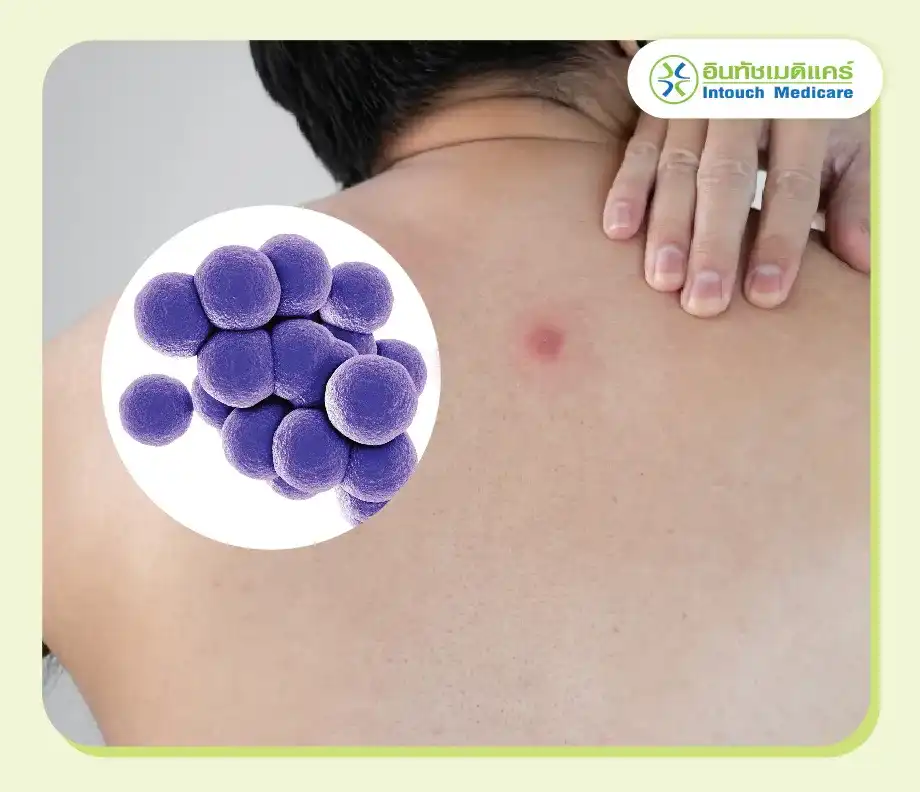
Causes of Abscesses?
Abscesses are caused by bacterial infections, primarily from the bacteria Staphylococcus aureus and other strains. This infection leads to inflammation of the sebaceous glands or hair follicles on the skin, resulting in redness, swelling, and tenderness. Patients may also experience a high fever. An abscess typically appears as a round lump that can vary in size based on the level of inflammation in the affected area, and it is filled with pus.
Certain groups are at higher risk for developing abscesses, including individuals with diabetes or those on long-term steroid medications, as well as those with weakened immune systems, making them more susceptible than the general population.![]()
Types and Locations of Abscesses
Skin Abscesses
These appear as swollen, red lumps that are painful to the touch, often with hair or a follicle at the center. Initially, they may feel hard and can grow larger, becoming increasingly painful. Eventually, they may soften and fill with pus. In some cases, an abscess can rupture on its own after a few days to 1-2 weeks, leading to relief from the pain.
|
Abscesses in Internal Organs
Abscesses in internal organs often develop as a result of underlying health issues. They can form in organs or spaces between internal structures. Common locations for this type of abscess include: Tonsillar Abscess: Occurs in the throat, typically caused by infections in the gums and teeth, Lung Abscess,Brain Abscess,Liver Abscess. This is considered a dangerous area, among others.
Symptoms of Abscesses
The symptoms of an abscess depend on its type and location. The most common symptoms can be categorized based on the affected area as follows:
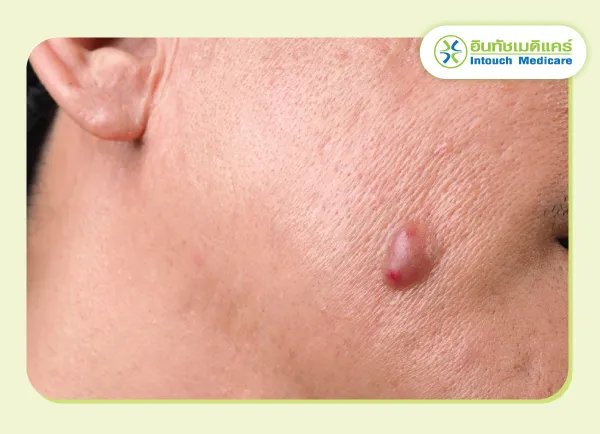
Symptoms of Skin Abscesses
A skin abscess appears as a swollen, red bump that feels tight or hard beneath the skin. It is painful to the touch and may cause a burning sensation in the surrounding area. There may be a white or yellow pus-filled point in the center, which can emit a foul odor. Once the abscess ruptures, a clear pus may flow out. In some cases, individuals may also experience chills and a high fever.
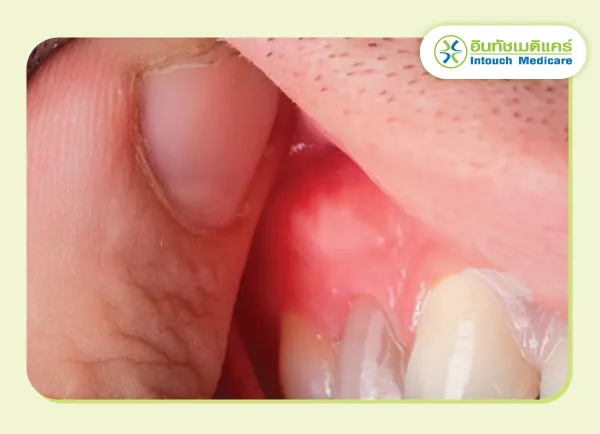
Symptoms of Internal Abscesses
An internal abscess can be challenging to detect due to its location. Symptoms vary depending on where the abscess occurs but may include discomfort in the affected area, fever, body aches, chills, loss of appetite, excessive sweating, nausea and vomiting, abdominal pain, fatigue, weakness, diarrhea, or constipation.
How to Treat Abscesses?
Self-Treatment for Small Abscesses
If the abscess is small (less than 1 centimeter) and not severely painful, it can heal on its own. You can manage it at home by applying a warm compress to the area for 30 minutes at a time, 3-4 times a day. This helps reduce swelling and encourages the abscess to drain naturally.
Avoid squeezing, pressing, or using a needle to puncture the abscess yourself, as this can cause bacteria to spread to other areas.![]()
Medical Treatment for Abscesses
In cases where the abscess is larger than 1 centimeter, accompanied by severe symptoms, high fever, and increasing size and pain upon touch, it is important to see a doctor promptly. The doctor will follow these steps based on the characteristics of the abscess:
Administration of Antibiotics
Doctors will prescribe antibiotics to limit infection and prevent the spread of bacteria to other tissues. Patients may receive oral medications and injectable antibiotics in severe cases, such as those with high fever. If the abscess becomes filled with pus, surgical drainage will be necessary.
Surgery to remove the pus from the abscess
Initially, the doctor will administer anesthesia to numb the area around the abscess. They will then incise the abscess and remove any dead tissue. The wound will be left open to allow pus to drain, and gauze soaked in saline may be placed inside to ensure complete drainage.
|
Aspiration of Pus from Abscess
Treatment will depend on the location of the abscess, determined through imaging tests such as ultrasound or X-ray. These procedures help identify the exact position of the abscess and check for surrounding inflammation.
In some cases, a needle may be used to aspirate pus, and a drainage tube may be placed until all pus is evacuated. In severe instances, it may be necessary to surgically remove the affected organ to prevent the spread of infection into the bloodstream and reduce severe symptoms. The approach will depend on the severity of the condition and the abscess's location.![]()
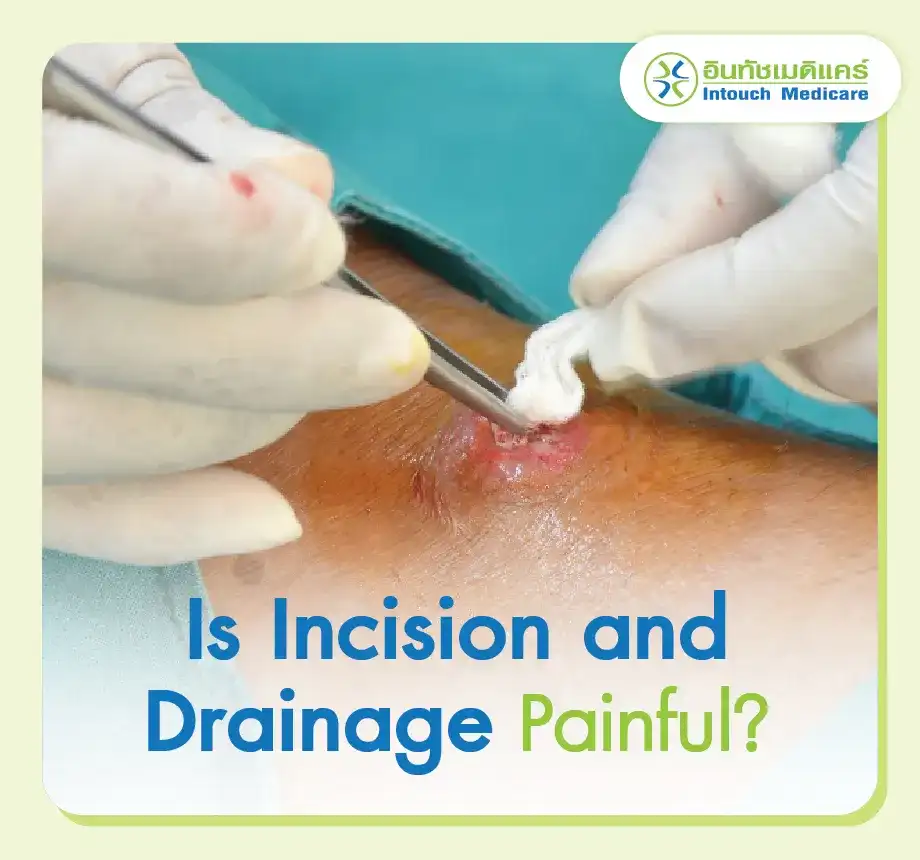
Is Incision and Drainage Painful?
After the incision and drainage of an abscess, patients may experience slight discomfort at the site of the procedure. They can take pain relief or anti-inflammatory medications prescribed by their doctor.
Is Anesthesia Required for Incision?
Yes, an anesthetic will be administered. The doctor will use a local anesthetic to numb the area around the abscess to minimize pain during the incision and drainage procedure.
Dietary Restrictions During Abscess Drainage
Avoid alcohol consumption and smoking during treatment, as these can slow down recovery.
Steer clear of fermented and raw foods, such as fermented fish, shrimp paste, pickled fruits, and pickled bamboo shoots, as they may increase the risk of other infections.
How Long Does It Take to Heal After Incision?
After abscess incision, the wound typically heals completely within 2 to 4 weeks. The healing time may vary depending on the size of the abscess and how well the wound is cared for.
Self-Care Tips for Abscesses

If the abscess is small (less than 1 cm) and not painful, you can manage it at home, as it may heal on its own. However, if symptoms don’t improve, surgical intervention may be necessary.
After the surgery, the wound needs to be cleaned daily, avoiding contact with water or any contaminants.
Follow the prescribed antibiotic regimen as advised by your doctor.
If the wound becomes wet or oozes excessively, clean it and apply a fresh gauze dressing.
If pain increases or if there is significant redness and swelling around the wound, return to the doctor for further evaluation.
Consume protein-rich foods such as eggs, beans, or whole grains to promote tissue healing and reduce the risk of infection.
Abscesses can often cause significant pain. Some individuals may heal on their own if the abscess is small, but others with more severe symptoms will need appropriate medical treatment to prevent further infection.
|
For more info and make appointment
Hot Line 081-562-7722
Composer : SUPITCHA BUENGJAN, MD.
Last edited : 24/09/2024
Images may be used without prior permission exclusively for educational or informational purposes, as long as proper credit is given to intouchmedicare.com

